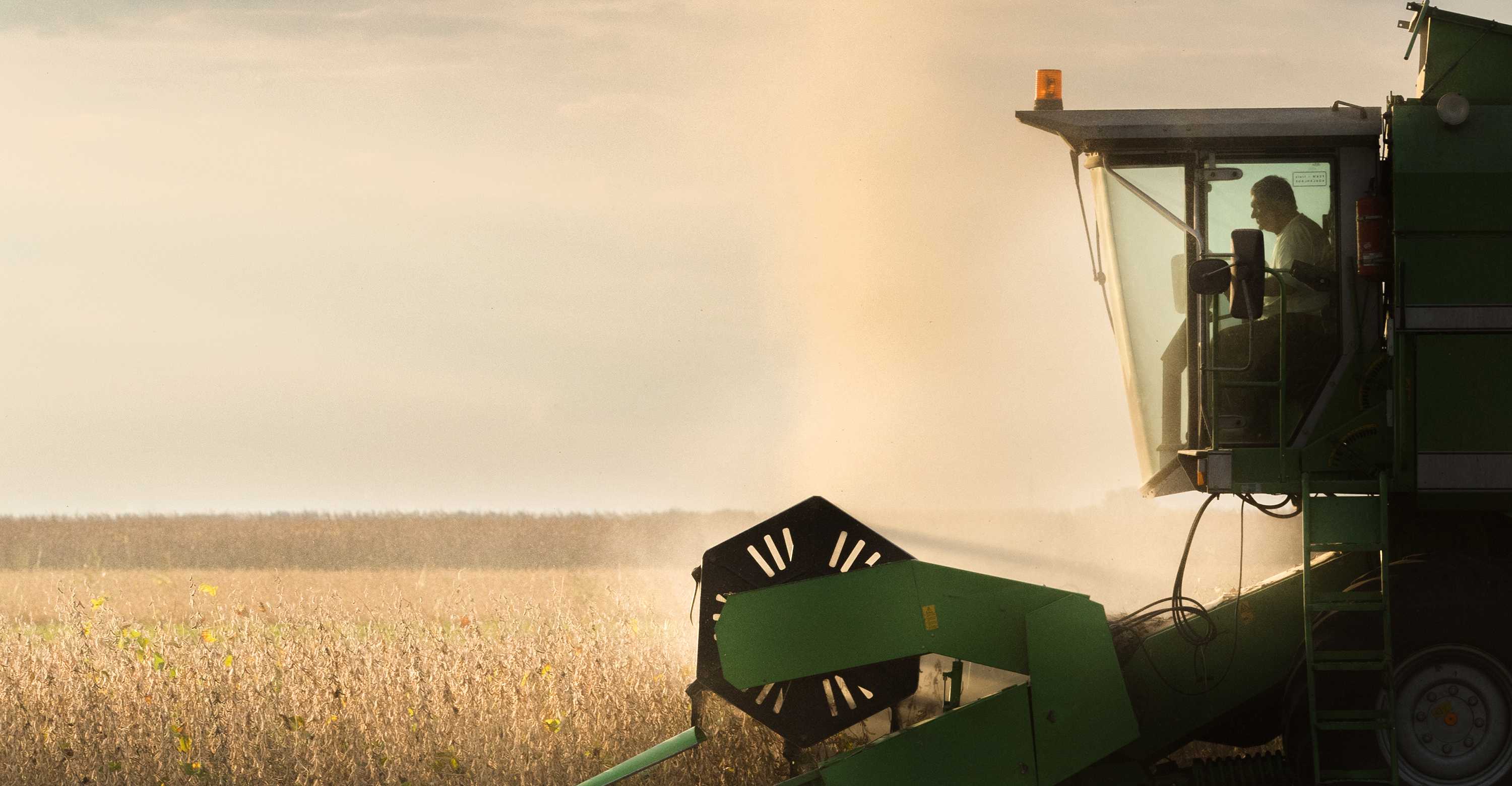Soil has no borders, and neither should soil policy
Soil biodiversity is crucial for a healthy soil, which is critical for a healthy society. But how can that insight be translated into effective policy on soil? The European Union is currently preparing the first ever piece of international legislation to protect soil health. In Science, a group of scientists of the Global Soil Biodiversity Initiative (GSBI), including Johan Six from ETH Zurich, outline some of the challenges the new law will face.

The EU's overall aim is that soils throughout Europe will be healthy by 2050. To achieve this, it will soon roll out its external page European Soil Health Law. It's a major step towards fulfilling the United Nations' Sustainable Development Goals (SDGs), provided that the effects of soil health protection in one region will be evaluated from a global perspective. The new law should be binding, and is based on the idea that healthy soils can fulfil a range of different functions, such as protecting against diseases, and helping to mitigate climate change.
Struggle for indicators
Until now, most policies to protect soil health lacked a holistic view. However, the multiple ecosystems provided by soils has its base in the chemistry, physics AND biology of soils. A holistic view does mean the new law faces major challenges, write the authors. For one thing, to maintain a soil health law, low-cost effective indicators of soil health are needed. The EU is proposing a Europe-wide scheme to provide landowners with free do-it-youself soil tests, and that's "a great preliminary step" say the authors. But because soil organisms perform so many different functions, there is no single species that can represent all. This would limit the usefulness of most basic tests. Also, for micro-organisms, the species concept is less clear than it is for plants or animals. That makes it difficult to determine which soil species can be found where, and whether they are threatened. Consequently, an IUCN-style 'red list' for soil organisms is still a long way away.
Without borders
Another kind of challenge, say the authors of the article, is to think global. "Policy", they write, "should focus not only on soils within a nation or union of nations but also on preventing negative footprints on each other’s soils." Soil health doesn't stop at the national borders. Intensive animal farming in industrialised countries, for example, requires the import of feed from other locations. Even with the new law in place, the production and transport of this feed could still degrade soil biodiversity and soil health in both feed-production and feed-consumption locations. In fact, stricter rules within the EU could even lead to a shift in capacity to other regions, including South-America, Africa and Asia, with fewer regulations. "The proposed EU Soil Health Law should motivate other countries and regions to protect their soil health as well", stresses Johan Six, Professor of Sustainable Agroecosystems at ETH Zurich.
Positive developments
Nevertheless it's very positive to see this first soil health law being proposed, and the challenges in no way mean it's dead in the water. One other thing that's necessary to make it a success is 'soil literacy': increased awareness of soil biodiversity by a wide audience. Recent developments have been encouraging, with the external page Global Soil Biodiversity Atlas and similar projects attracting a great deal of attention. The authors are also hopeful about the external page Plan of Action 2020-2030 presented at COP15 summit in Montreal, for the International Initiative for the Conservation and Sustainable Use of Soil Biodiversity.
The authors: "Considering the current interest in soil health and the role of soil life in a sustainable society, it should be possible to make the new law a success. After all, a healthy living environment is something we all benefit from in the end."
Reference
Van der Putten WH, Bardgett RD, Farfan M, Montanarella L, Six J, Wall DH: Soil biodiversity needs policy without borders, Science 379 (6627), 5 January 2023, doi: external page 10.1126/science.abn7248